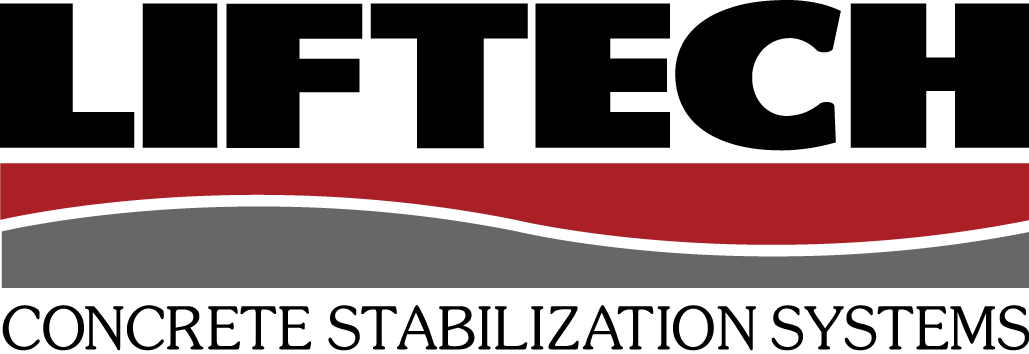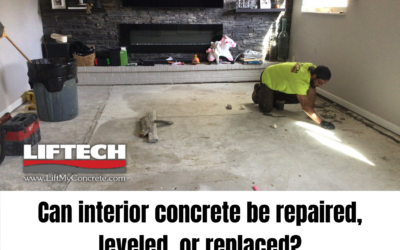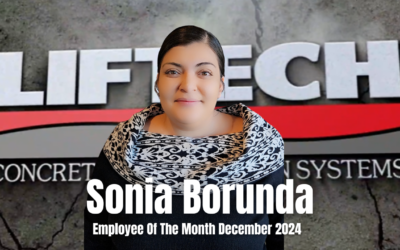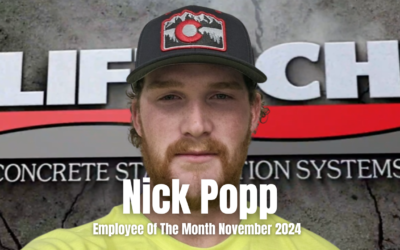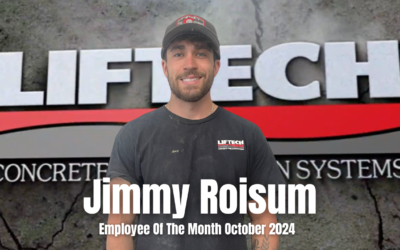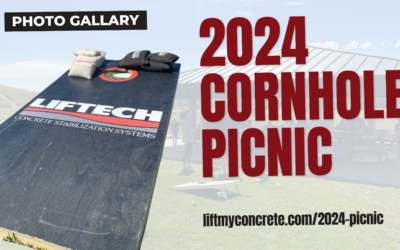Concrete Cracks: Types and Common Causes
Anyone who has walked down the sidewalk has seen cracks in concrete before but may not have given much thought to them. That is, until your concrete driveway, floor, or foundation cracks and you require concrete repair services from Liftech! Fortunately, we are expert concrete contractors, so any questions you have about your concrete, we have answers. In this blog, we will go over the different types of concrete cracks, common causes of this problem, and if you need concrete leveling or foundation repair services to remedy the issue.
Types of cracks
Cracks fall into two main categories: active or dormant. When you look at active cracks, you can see that they changed direction and width or depth over time. Dormant cracks, on the other hand, show no signs of change. It’s important to correct both these types of cracks because concrete with cracks is vulnerable to moisture getting inside and causing further damage. What may seem like a small, insignificant crack now could be a serious problem in the future. How severe a crack is determined by the width, depth, and direction. The risks of cracks are different depending on whether the concrete is cured or not, or if it has been reinforced. It’s important to understand the differences between different types of cracks because, while some do not pose a serious risk, others could create major structural damage to your home. Below are the different types of cracks that we see most often.
Plastic-shrinkage cracks
This type of crack runs about halfway into the concrete, are short, and is usually unevenly distributed across the surface. This occurs when the concrete is curing because the surface dries too rapidly for the concrete.
Map cracks
Map cracking looks like a road map; it’s a series of thin, shallow cracks that run across the concrete’s surface. This can also be caused by curing, but because this crack is only on the surface, the drying only occurs at the surface level. Because this is a surface crack, more serious structural issues are generally not a problem.
Hairline cracks
Hairline cracks are thin but very deep. These occur when the concrete settles during the curing process. Because they are so deep, these cracks can lead to more damaging cracks after the concrete hardens.
Pop-outs
These are cone-shaped depressions on the surface of the concrete. This happens when there is an especially absorbent piece of aggregate near the surface, which causes expansion and popping out of the concrete’s surface.
Scaling
Scaling is little pockmarks that appear on the surface of the concrete and expose the aggregate beneath. If the concrete is not properly finished after being cured, water will seep into the concrete, which then expands when it freezes and pushes small pieces up through the surface. It can also be caused by delamination. Delamination occurs when either excess water or air remains in the concrete after it is finished. The water or air rises to the top and forms small pockets below the surface, which then break open, causing scaling.
Spalling
Spalling refers to depressions in the surface that are linear along a rebar’s length and are larger and deeper than scaling. Spalling is also caused by pressure rising from under the concrete’s surface. These most often occur when joints are not properly made, or if the rebar has corroded. Corrosion will create pressure as the rebar rusts, which pushes chunks of concrete away from each other and exposes the metal below the surface. This is a particularly severe form of spalling as the corrosion accelerates when exposed to the elements.
D-cracking
D-cracking is when cracks either stem from the concrete joint or run parallel to it. These are deeper cracks that go beneath the surface. This occurs when moisture gets into the joint.
Offset cracks
This type of crack occurs when the crack is higher on one side than on the other. This happens most often because there is unevenness below the concrete, perhaps from objects like tree roots, rebar, or old concrete.
Diagonal corner cracks
Diagonal corner cracks run perpendicularly from one joint to the joint at the corner. Concrete slab corners often curl because there are different temperatures throughout the depths of the concrete, and may also warp because of the different moisture levels throughout the depths. Levels of concrete that are drier or colder shrink more, which then causes a crack to occur once the concrete is dry. The corners are more prone to cracking if they are warped or curled because they have empty space below them. They also often crack during curing because the weight overloads the corner, causing the corner to crack downward into the emptiness underneath.
Now that you know how to identify concrete cracks, you may notice that your driveway, sidewalk, basement, stairs, or elsewhere on your property may be problematic. At Liftech, we are Colorado’s first choice for concrete repair. If you are looking for a concrete contractor in the Centennial State, contact us! We would be happy to help. For more resources on how to care for your driveway and potentially prevent some of these cracks you can visit our friends at Porch.com for more helpful articles like this one: All Things Driveways: From Creation To Care and Decorating.
